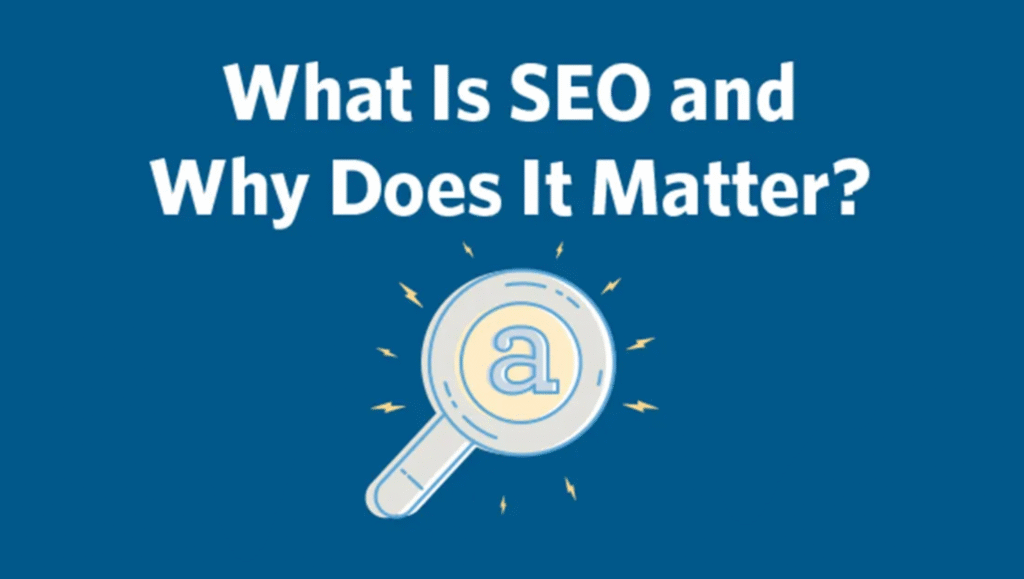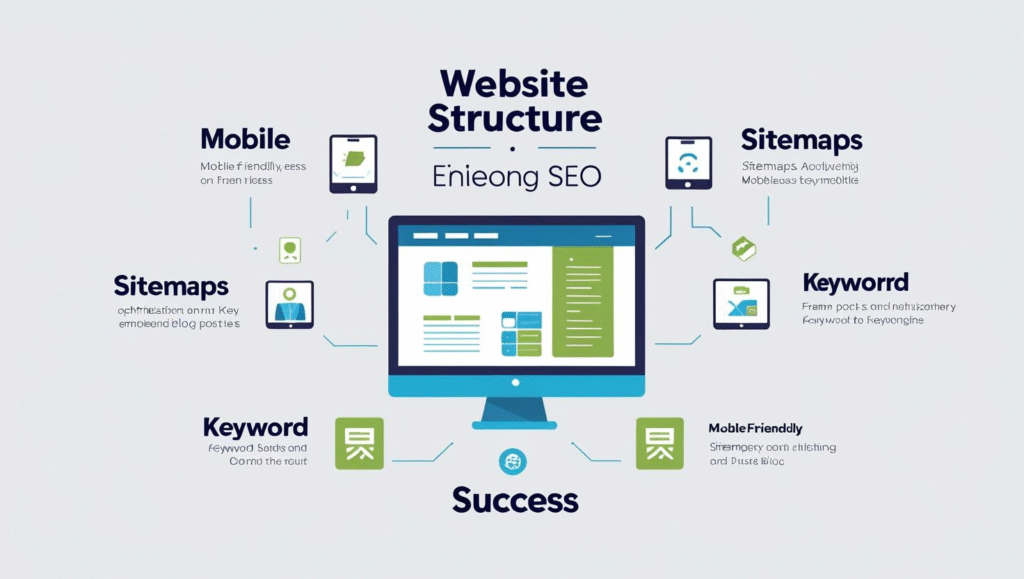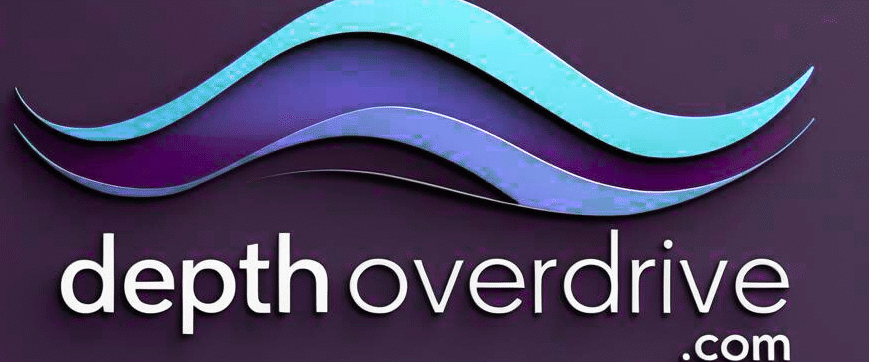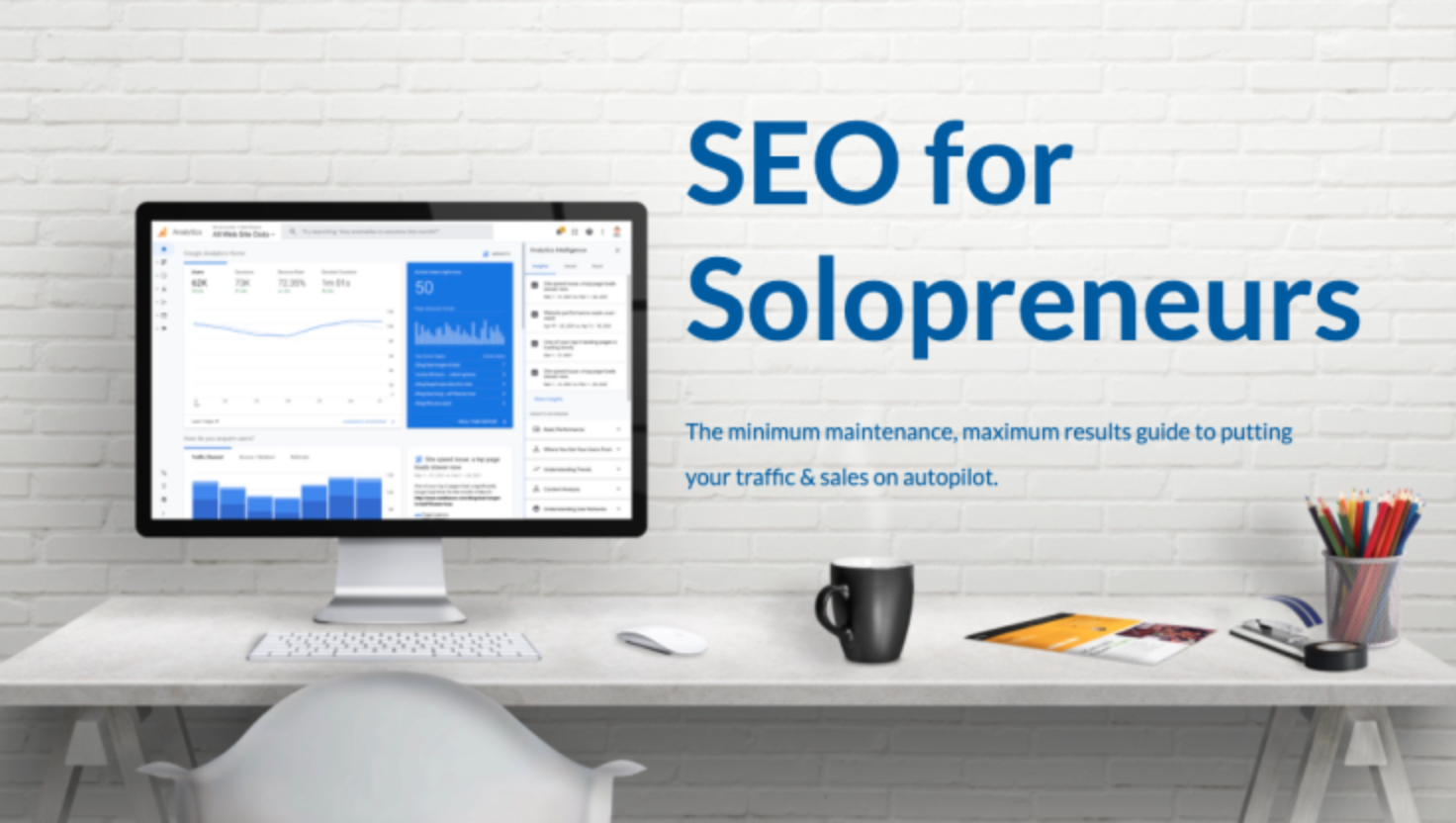As a solopreneur, you’re the driving force behind your brand, managing customers, and growing your website. The thought of competing with big businesses in a crowded market might seem daunting. However, with the right SEO strategy, you cannot only rank your business on Google but also gain free traffic from search engines. This knowledge empowers you, giving you the confidence to take control of your online visibility.
In this beginner-friendly guide, you’ll learn how to rank your business in a competitive market. From website optimisation to building a strong backlink profile, we’ll explore each step to help your website gain visibility. We’ll also look at the best SEO strategies for small businesses and how to turn that traffic into paying customers. Let’s get started!
What is SEO, and why does it matter for Solopreneurs

SEO for solopreneurs is the process of improving your website so that it appears higher on Google when people search for what you offer. It helps drive organic traffic without paying for ads. SEO focuses on using the right words, fast website loading, quality content, and a smooth user experience. It’s how you reach people who are already looking for your services.
Why is SEO important for small businesses? Because it gives you a chance to compete with larger companies. You don’t need a big budget. You need high-quality content, mobile optimisation, and smart use of keyword research tools. SEO brings you long-term, steady visitors who trust your brand because they found you on search engines. It’s a journey, but the results are worth the wait.
The Four Pillars of SEO for Solopreneurs
To succeed in SEO, you need to understand the four main pillars: Technical SEO, On-page SEO, Off-page SEO, and content creation. These work together to improve your search engine rankings.
Technical SEO focuses on site speed, fixing broken links, and making your site mobile-friendly. On-page optimisation involves using the right words, headers, and structure on each page. Off-page SEO is about link building and earning trust from other sites. Finally, blogging for SEO and creating helpful articles keeps people on your site and improves your rankings.
Keyword Research: How to Find Profitable SEO Keywords
You can’t do SEO without knowing what people are searching for. How to do keyword research starts with using tools like Ubersuggest or Google Search Console to find terms with low competition and good traffic. Look for long-tail keywords—they’re more specific and easier to rank for, like ‘best yoga teacher in Chicago’ or ‘affordable vegan restaurant in New York’.
To match search intent and keyword mapping, think like your customer. Search intent refers to the reason behind a user’s search query, and keyword mapping is the process of assigning keywords to specific pages on your site. What do they type into Google when looking for your solution? Once you have a list of keywords, plan your content around them. Please include them in title tags, headers, and throughout your posts. This tells Google what your page is about and helps your search engine rankings improve.
Step-by-Step SEO Optimisation for Your Website

This step-by-step SEO guide will help you optimise your site even if you’re a complete beginner. First, do a website SEO audit to find problems like broken links or slow loading. Then fix those issues with help from tools like Google Analytics or PageSpeed Insights.
Next, work on on-page SEO. Use internal linking, write clear meta descriptions, and improve how your pages look and feel. Make sure you use your focus keyword in your content naturally. By improving your structure and speed, you create a better experience for users, and that helps with your conversion rates too.
How to Structure Your Website for SEO Success

Your website’s layout plays a significant role in SEO. Think of it like a map. If it’s easy to follow, search engines understand it better. Create clear categories and use internal linking to guide users through your content. Group similar topics and connect your pages. It’s simpler than it sounds, and we’re here to guide you through it.
Make sure your homepage links to your main services and blog posts. Keep your URL structure clean and simple. Use keywords in H1-H3 tags for clarity. A good website structure improves website optimisation, helps reduce bounce rate, and boosts page speed—all key ranking signals.
Writing SEO Content That Ranks and Converts
Writing content that ranks means understanding both your audience and Google. Use your keywords in a natural way. Don’t overuse them. Start with a catchy title that includes your keyword. Then write valuable content that answers a specific question or solves a problem.
Good SEO content also keeps people reading. Break text into short paragraphs. Add examples, case studies, and visuals if you can. Use search engine algorithms to your advantage by giving Google what it wants: content that’s easy to read, engaging, and offers real value. This is your SEO content strategy in action.
Building High-Quality Backlinks (Even with a Small Network)

How to get backlinks is one of the hardest parts of SEO. But it’s also one of the most powerful. Backlinks tell Google that your content is trusted. Reach out to bloggers in your industry. Write guest posts. Join online communities and offer valuable advice with a link to your site.
Use white hat SEO strategies to earn links naturally. Create content that others want to reference. For example, publish a research post or a unique case study. This strengthens your domain authority and pushes your pages higher in search engine rankings even with a small backlink profile.
Mobile SEO and Page Speed Optimisation Tips
Most users browse the web on mobile. That’s why SEO for mobile users is a must. Use a mobile-friendly theme and test it on your phone. Compress images, reduce pop-ups, and avoid tiny fonts. With mobile-first indexing, Google ranks your site based on its mobile version.
Speed matters too. A slow site turns people away. Use tools to check your page speed. Fix issues like large images and unclean code. These technical SEO improvements can boost your rankings, reduce bounce rate, and increase conversion rates.
Local SEO for Solopreneurs with Physical or Service Areas
If your business serves a location—like a city or town—then local SEO strategies are key. Add your business to Google My Business. Include your address and phone number on your site. Use location-based keywords like “best yoga teacher in Chicago.”
Ask your clients for Google reviews. This builds trust and improves your local SEO. Also, list your business on directories like Yelp and local blogs. With these small steps, even a solo business can show up in the top results in your area.
SEO Tools and Resources Every Solopreneur Should Use
You don’t need to do SEO alone. Use tools to help with research, writing, and tracking. Google Analytics shows your traffic. Google Search Console finds errors and tracks performance. Keyword tools like Ubersuggest, Moz, and Ahrefs suggest the best keywords.
For writing, tools like Surfer SEO or Clearscope can guide your content. Need help with speed? Try GTmetrix or Pingdom. These tools show you what to fix. Using the best SEO tools for beginners saves time and gives you an edge over competitors.
Turning SEO Traffic into Real Revenue
Once visitors find your site, how do you make money? You need to guide them. Use clear calls-to-action. Offer a freebie to build your email list. Then sell through that list using email marketing to convert traffic into paying customers.
Other options include affiliate marketing for solopreneurs, online courses, or selling services. Your SEO brings the people. Your offer makes the sale. With time and strategy, you can turn website visitors into customers and grow your income.
Avoiding Common SEO Mistakes Solopreneurs Make
Many beginners make the same errors. One is keyword stuffing—using the same phrase too often. Another is ignoring technical SEO or failing to fix broken links. Skipping mobile design is also a big mistake.
Some solopreneurs also forget to update their old posts. Others focus solely on rankings, rather than traffic and conversion rates. Avoid these traps. Follow white hat SEO strategies. Focus on long-term SEO strategy and growth, not quick tricks that don’t last.
Conclusion
A solopreneur’s guide to SEO isn’t about doing everything at once. It’s about taking steady, smart steps to build your online presence. With the right mix of keyword research, website optimisation, and content creation, you can outrank bigger brands.
Focus on your audience, create high-quality content, and make your site fast and mobile-friendly. Build trust through links, stay consistent, and continually learn. That’s how to rank your business in a competitive market—and turn that organic traffic into lasting success.
You Also Read : 14 Stress Management Techniques to Support Your Day-to-Day Routine
FAQS :
1. How long does it take for SEO to show results?
SEO is a long-term strategy, and results usually take 3 to 6 months to become noticeable. Factors like competition, content quality, and how often you publish affect the timeline. However, once your search engine rankings improve, you’ll start seeing steady organic traffic without paying for ads.
2. Can solopreneurs do SEO without hiring an expert?
Yes! Many solopreneurs handle SEO themselves using free or low-cost SEO tools like Google Analytics, Google Search Console, and keyword research tools. With patience, learning, and consistent effort, you can optimize content for search engines and grow your business without hiring an agency.
3. Is blogging really necessary for SEO?
Absolutely. Blogging for SEO helps target long-tail keywords, answer search queries, and build internal linking across your site. It keeps your website fresh and helps improve domain authority. Quality blog posts also encourage backlinks and bring in organic traffic over time.
4. What’s the difference between on-page and off-page SEO?
On-page SEO is everything you do on your website, like using title tags, meta descriptions, and proper headings. It includes content, keyword usage, and site speed. Off-page SEO focuses on link building, social signals, and gaining trust from other websites through backlinks.
5. How do I know if my SEO is working?
Use Google Analytics to track traffic and behaviour. Monitor search engine rankings and keywords in Google Search Console. If you see an increase in organic traffic, improved conversion rates, and higher rankings, your SEO for solopreneurs strategy is working.
Welcome to Depthoverdrive,
I’m Syeda Naqvi, a passionate SEO content writer with 3 years of experience in crafting engaging, optimized, and reader-friendly content. I specialize in creating content that not only ranks on search engines but also provides real value to readers, with a strong understanding of keyword research, on-page SEO, and content strategy.

